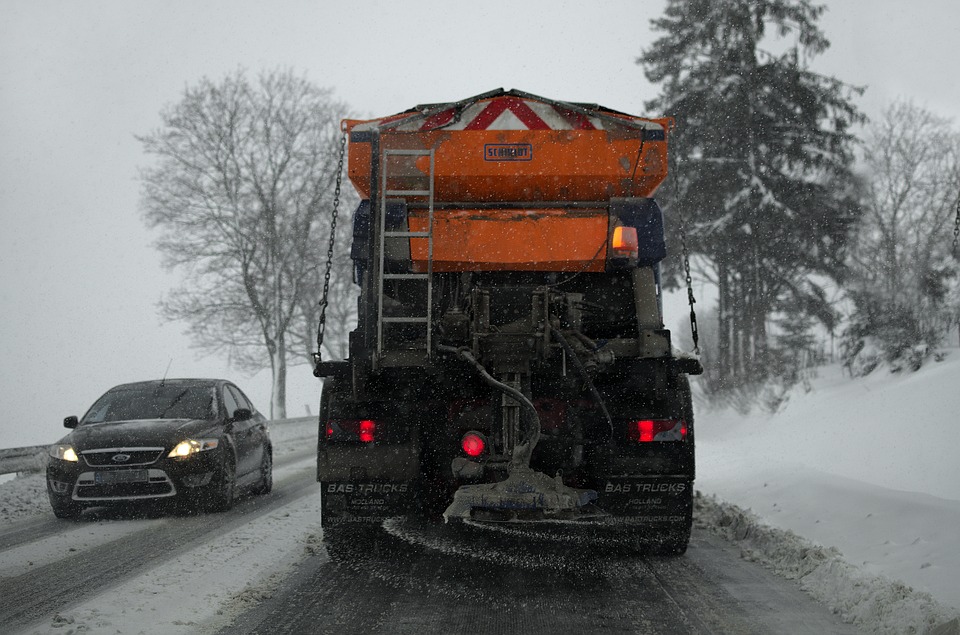
By Seren Nurgun, Staff Writer for Save The Water™ | December 13, 2015
Every winter, communities brace for freezing temperatures, snow, and ice that make road travel dangerous. Without quick and reliable transportation, local economies stall and residents are forced indoors. To fight back, cities rely heavily on sodium chloride—the same salt we sprinkle on food.
Salt works by lowering the freezing point of water. As Scientific American explains: “When added to ice, salt first dissolves in the film of liquid water that is always present on the surface, thereby lowering its freezing point below the ice’s temperature.” 6 This process accelerates melting, helping cars return to the roads quickly.
According to the American Highway Users Alliance, road salt “pays for itself within 25 minutes of being applied, reducing crashes by up to 88 percent, injuries by up to 85 percent, and accident costs by up to 85 percent.” 1
Because it’s cheap and effective, U.S. cities spread over 22 million tons of salt each year. But all of that salt eventually washes into streams, rivers, lakes, and groundwater. 8
A USGS study of 168 monitoring locations found chloride levels exceeded EPA water-quality criteria at 55% of northern sites during winter months. Only 16% of sites exceeded chronic limits during warmer months. 3
Excess chloride harms ecosystems:
Birds are especially vulnerable, since they ingest salt crystals directly. Other wildlife can suffer when drinking water exceeds 600 mg/L of chloride. 7
Humans aren’t immune either. Sodium from runoff can infiltrate groundwater supplies. The EPA sets a drinking water advisory limit of 20 mg/L sodium—above which water systems must report concentrations to local health authorities. 6 For individuals on sodium-restricted diets, this is especially concerning since excess sodium contributes to hypertension, a risk factor for heart disease, kidney damage, and stroke.
👉 Related: Hold the Salt: The Future of Desalination Technology
Some communities are pioneering creative, eco-friendly approaches:
Although these require additional research and investment, the benefits are clear: fewer ecosystem damages, healthier drinking water, and substantial cost savings.
👉 More here: Alternate Options for Road Salt Use